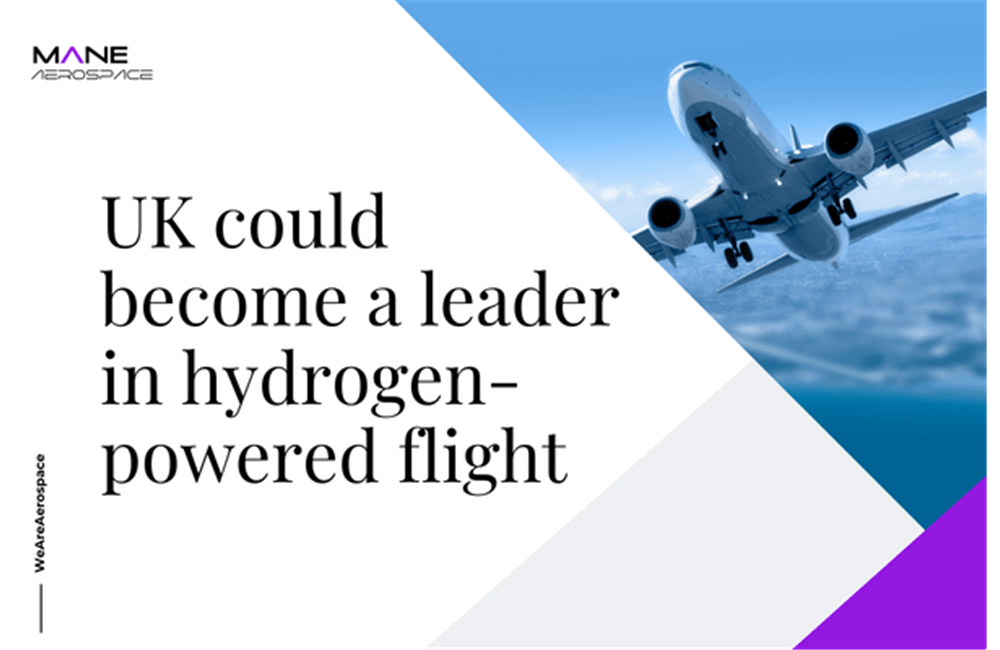UK could become a leader in hydrogen-powered flight
30 Jan, 202310 minsHydrogen has a major role to play in green aviation–and the UK has a major role to pla...

Hydrogen has a major role to play in green aviation–and the UK has a major role to play in the hydrogen revolution.
Zero-emissions aircraft will transform the way we fly, says a new report from the delightfully named New Aviation Propulsion Knowledge and Innovation Network (NAPKIN). The report predicts that all regional flights in the UK could be zero-emissions by 2040, and tiny 7-19-seater zero-emission aircraft could be flying “sub-regional” (local) routes as early as the mid-2020s.
Hydrogen fits perfectly into this timeline. Larger hydrogen-powered aircraft could potentially be in service by the mid-2030s, but smaller ones will be lifting off much sooner. For example, Cranfield Aerospace Solutions hope to have a nine-seater in service on routes up to 200 km by 2026.
Operators around the world are taking a new interest in shorter sub-regional flights, viewing them as a crucial proving-ground for zero-emissions technology. The UK already has an infrastructure of sub-regional airports that just need upgrading and could also serve as hydrogen-generation hubs for local communities.
The path to genuine zero-emission aircraft is likely to be complex, with various technologies coexisting for a while–but speed is of the essence. If the aviation industry fails to progress fast enough towards net zero, public pressure will drive governments to cut air traffic volumes.
Taking a lead in delivering tiny green aircraft could offer the UK a big competitive advantage–and more importantly, it offers a collaborative advantage in the fight against climate change. By flattening the research and development curves and driving down costs, countries like the UK can pave the way for global adoption of hydrogen-powered flight.


